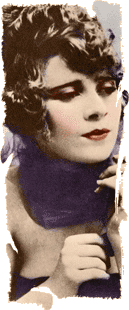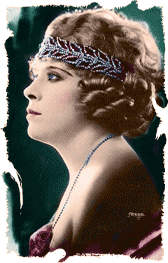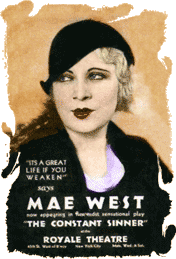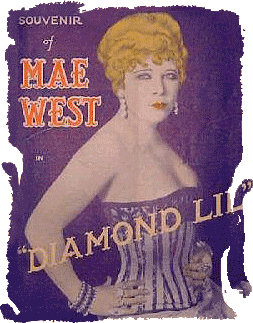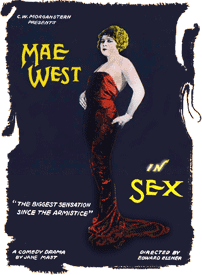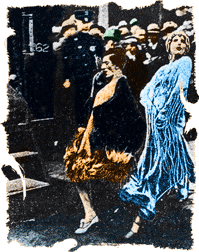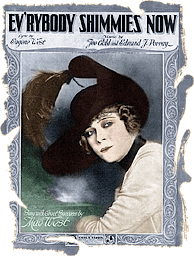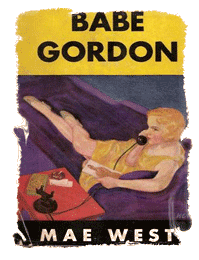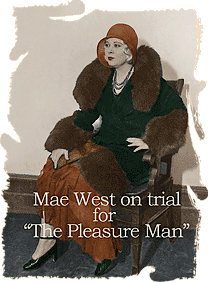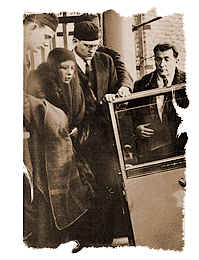She wrote but did not appear in “The Drag”, billed as a homosexual comedy in three acts. This play, which opened on 31 January 1927 in Bridgeport, was so controversial that it was raided and closed after only 2 preview performances. The entire cast was carted off, some in full drag, in Paddy Wagons.

